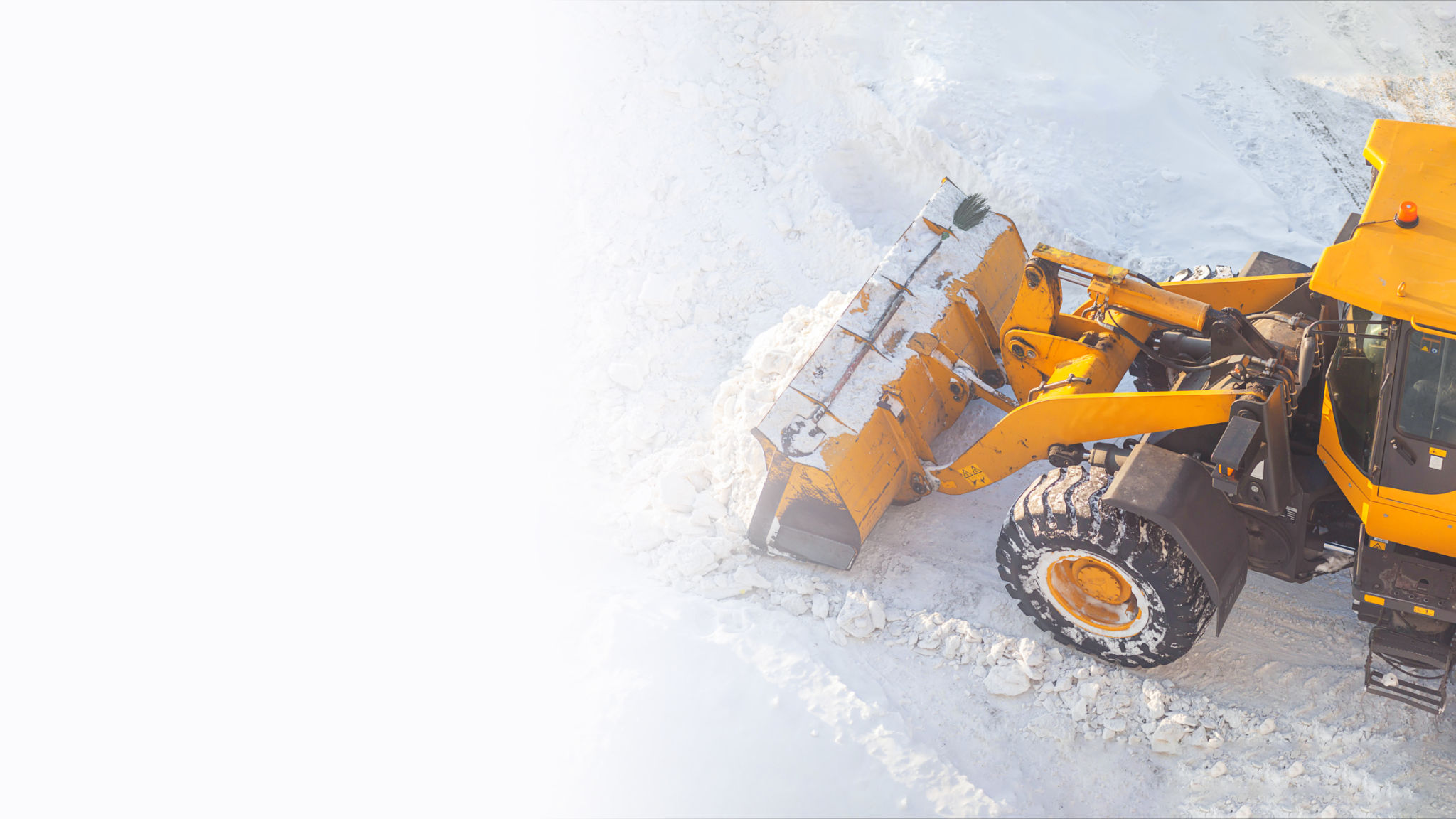Preparing Your Commercial Building for Winter: Essential Tips
Inspect and Maintain Your Heating System
As winter approaches, one of the most crucial steps in preparing your commercial building is ensuring that the heating system is in optimal condition. An efficient heating system not only provides comfort but also prevents costly breakdowns during the coldest months. Schedule an inspection with a professional HVAC technician to check for any issues and perform routine maintenance, such as cleaning or replacing filters.
During the inspection, it's vital to verify that all components, including thermostats and vents, are functioning correctly. Addressing minor issues now can prevent major disruptions later. Don’t forget to review your heating system’s energy efficiency. Upgrading to a more efficient model could lead to significant savings on your energy bills.

Seal Windows and Doors
Drafty windows and doors can lead to significant heat loss, making your heating system work harder than necessary. To combat this, inspect all windows and doors for gaps or leaks. Use weatherstripping or caulking to seal any gaps you find. This simple step can drastically improve energy efficiency and maintain a comfortable indoor environment.
Consider installing double-glazed windows if your building has older, single-pane windows. These offer better insulation and can make a noticeable difference in both comfort and energy costs. Additionally, heavy-duty curtains can provide an extra layer of insulation on particularly cold days.

Protect Your Pipes
Frozen pipes can cause extensive damage and disrupt business operations. To prevent this, insulate pipes located in unheated areas such as basements or crawl spaces. Pipe insulation is relatively inexpensive and easy to install, offering peace of mind during freezing temperatures.
In addition to insulation, ensure that your building maintains a consistent indoor temperature, even during non-business hours. Consider installing smart thermostats that can be programmed to maintain temperatures efficiently while minimizing energy use.

Check the Roof and Gutters
The roof and gutters play a critical role in protecting your building from winter weather. Inspect the roof for any signs of damage or wear, such as missing shingles or leaks. Address these issues promptly to prevent water damage from snow and ice accumulation.
Clear gutters of leaves, debris, and ice to ensure proper drainage. Clogged gutters can lead to ice dams, which can cause water to back up and leak into the building. Regular maintenance will help mitigate these risks and extend the life of your roofing system.

Prepare for Snow Removal
Snow and ice removal is essential for maintaining safety and accessibility around your commercial building. Develop a snow removal plan that includes who will be responsible for clearing sidewalks, driveways, and parking lots. Whether you hire a professional service or handle it internally, ensure that all necessary equipment is in good working order before the first snowfall.
Stock up on supplies like salt or sand to treat surfaces and prevent slipping hazards. Having these materials readily available ensures you can respond promptly to winter weather events, keeping your property safe for employees and customers alike.

Test Emergency Systems
Winter weather can bring about unexpected challenges, including power outages or emergencies. Test all emergency systems such as backup generators, fire alarms, and lighting to ensure they are operational. Regular drills can help staff become familiar with emergency procedures, promoting safety during an actual event.
Review your building's emergency preparedness plan and update it as necessary. Clear communication channels and well-practiced protocols can make a significant difference in managing emergencies efficiently.
By taking these proactive steps to prepare your commercial building for winter, you can safeguard your investment and ensure a comfortable environment for everyone who visits or works there. Proper preparation not only enhances safety but also contributes to energy efficiency and cost savings throughout the season.
